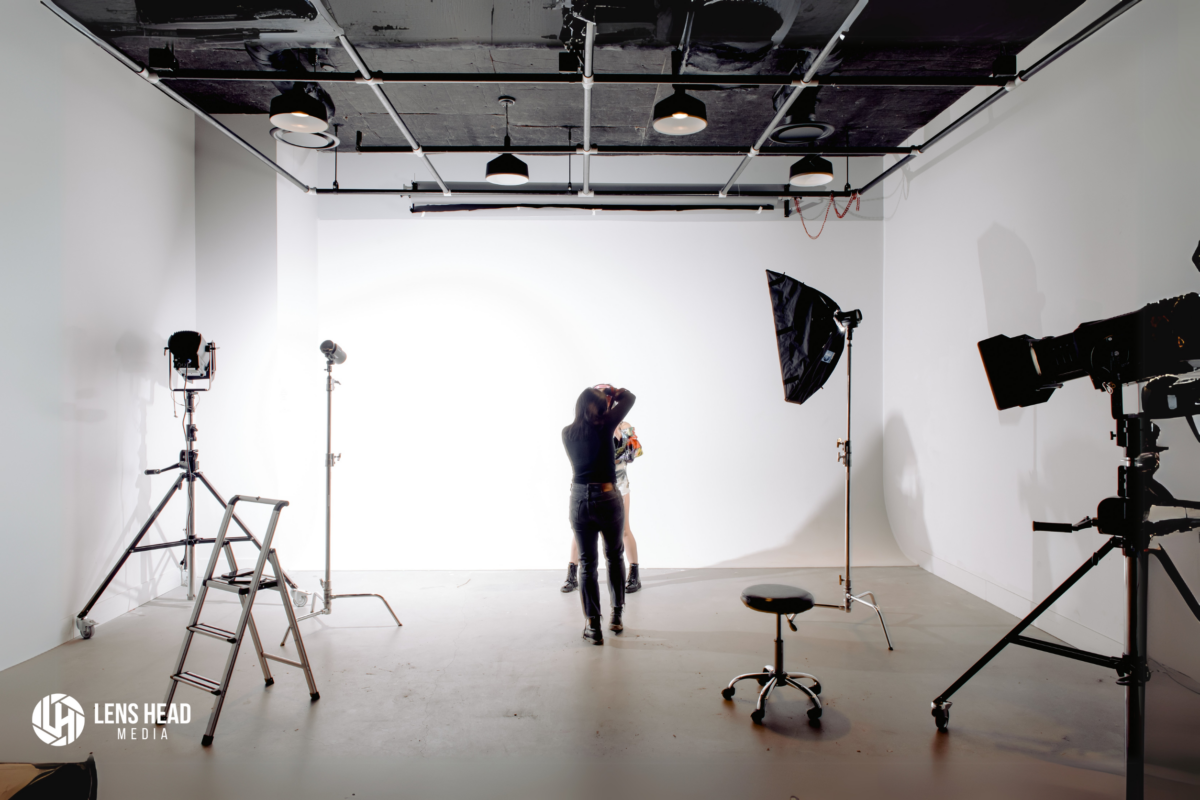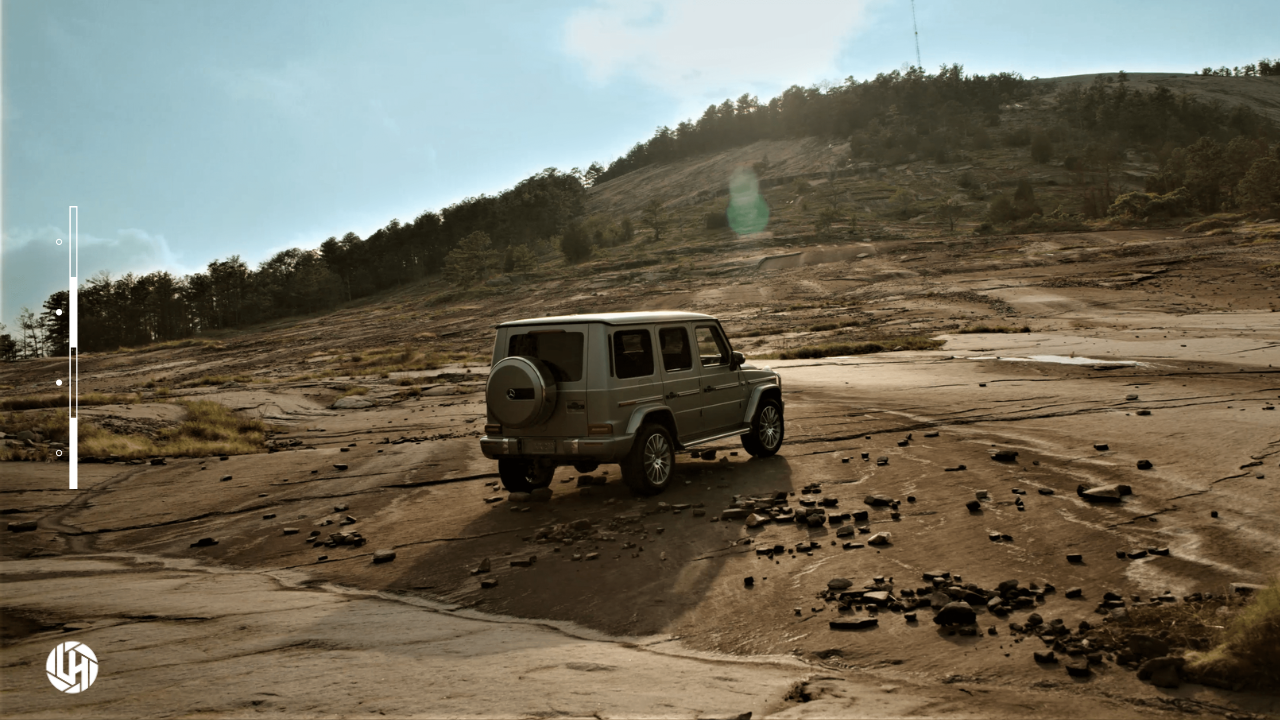6 Great Tips For Lighting a Cyc Wall for Photography
lensheadmedia
on
January 27, 2025

When it comes to achieving seamless backgrounds and flawless lighting for your photos, a cyc wall for photography is an excellent choice. Whether you’re shooting portraits, product photography, or video content, knowing how to properly light a cyc wall can make all the difference in your final images. In this blog post, we’ll walk you through everything you need to know about lighting a cyc wall for your next shoot.
What is a Cyc Wall for Photography?
A cyc wall (short for “cyclorama wall”) is a smooth, curved backdrop designed to eliminate harsh lines and create an infinite horizon effect. It’s commonly used in studios for photography and video work to give the illusion of an endless background. The continuous curve where the floor meets the wall helps to make subjects appear as though they are floating in space, with no visible seams or edges. This makes it ideal for various creative projects that require a clean, distraction-free backdrop.
Why Proper Lighting is Crucial for a Cyc Wall
Lighting a cyc wall for photography correctly is essential to achieving that flawless, seamless effect. Improper lighting can lead to shadows, hotspots, or an uneven color temperature that distracts from your subject. By ensuring your cyc wall is evenly lit, you can maintain the illusion of infinity and create a visually appealing environment for your subject to stand out.
Steps to Light a Cyc Wall for Photography Shoots
1. Use a Soft, Diffused Light Source
To prevent harsh shadows or a spotty backdrop, use a soft light source to illuminate the cyc wall. Softboxes, large LED panels, or fluorescent lights are great options for evenly distributing light across the surface. The key is to diffuse the light as much as possible to ensure a smooth and uniform appearance.
2. Position Your Lights Properly
When lighting a cyc wall for photography, placement is everything. You’ll want to position your light sources along the sides of the wall to create an even wash of light. Depending on your cyc wall’s size and shape, you may want to use a few lights to cover the entire backdrop. For larger cyc walls, consider placing lights at different heights to ensure full coverage from floor to ceiling.
3. Avoid Lighting Your Subject Directly on the Wall
While it’s important to light the cyc wall for photography, you don’t want the light spilling directly onto your subject unless it’s a specific part of your shot. Direct light on your subject from the backdrop can cause an undesirable effect where the background merges too much with the subject. Instead, use separate lights for your subject and keep the lighting on the wall indirect, focusing on the backdrop itself.
4. Use Gradient Lighting for Depth
To create depth and dimension in your images, try using a gradient lighting technique. This involves using different light intensities across the cyc wall’s surface, with a brighter area near the center and darker edges. It creates a more dynamic and interesting backdrop, which is particularly useful for fashion and product shoots where you want to draw attention to specific details.
5. Experiment with Color Gels for Creative Effects
While a traditional cyc wall for photography is often lit with neutral white light, you can add color to the background for creative effects. Color gels or LED lights with adjustable hues can change the mood of your shoot dramatically. Whether you’re aiming for a dramatic red backdrop or a calm blue tone, experimenting with colored lighting will give you even more creative control over your images.
6. Fine-Tune Your White Balance
After you’ve set up your lights, don’t forget to adjust your camera’s white balance to match the lighting conditions. Proper white balance ensures that the colors of your cyc wall for photography appear accurate and natural, preventing unwanted color casts that can affect your final shot.
Conclusion
Lighting a cyc wall for photography is an essential skill for any photographer or videographer who works with studio backdrops. By using soft light, properly positioning your lights, and experimenting with gradients or color gels, you can achieve the perfect seamless background that makes your subjects stand out. Whether you’re capturing portraits, products, or video content, mastering the art of lighting your cyc wall will take your shoots to the next level.
- Category: Studio
- Tag: Atlanta, film studio, photography, studio

